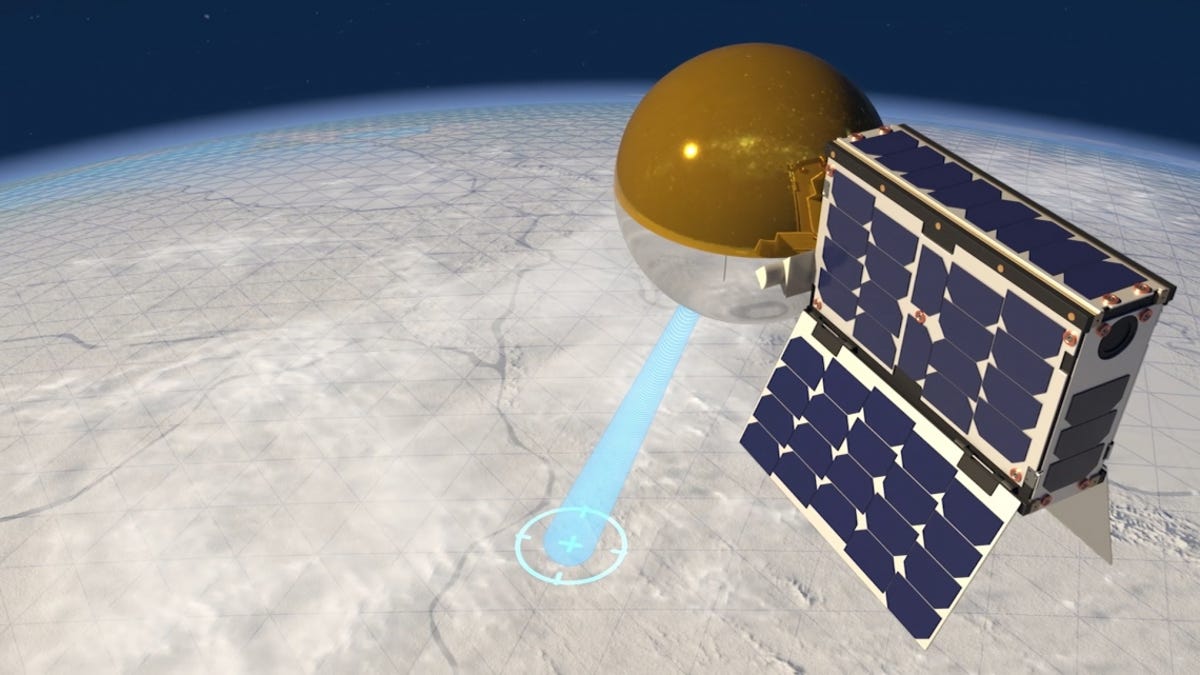
Innovative Satellite Technology: The Beach Ball Antenna
Introduction: Satellites have become an integral part of modern-day communication, with applications ranging from weather forecasting to global positioning systems (GPS). The advancement in technology has led to the development of smaller, low-cost satellites that are capable of performing tasks similar to their larger counterparts. However, these smaller satellites face the challenge of limited data transmission capabilities due to their small size. To address this challenge, researchers have developed an innovative technology that uses a beach ball antenna to boost data rates. In this article, we explore this innovative satellite technology and its potential applications.
What is the Beach Ball Antenna? The beach ball antenna is a unique antenna design that consists of an inflatable sphere made of flexible material such as Mylar or Kevlar. The sphere is coated with conductive material and connected to a satellite using a cable. When inflated, the sphere takes on a perfect spherical shape that provides a large surface area for transmitting and receiving signals. This makes the beach ball antenna an effective solution for low-cost satellite missions that require high data rates.
Also Read:
Applications of the Beach Ball Antenna: The beach ball antenna has numerous applications in the satellite industry. One of the most significant is in the field of remote sensing, where satellites are used to monitor the earth's surface. The high data rates provided by the beach ball antenna can enable more frequent and accurate data collection, allowing scientists to monitor and predict environmental changes such as deforestation, soil erosion, and climate change.
Another potential application of the beach ball antenna is in the field of disaster management. During natural disasters such as earthquakes or hurricanes, communication networks are often damaged, making it difficult to coordinate rescue efforts. The beach ball antenna can provide a quick and effective solution by enabling communication between rescue teams on the ground and satellites in orbit.
The beach ball antenna can also be used for military applications, such as reconnaissance and surveillance. The high data rates provided by the antenna can enable real-time monitoring of enemy activity and provide critical intelligence for military operations.
Advantages of the Beach Ball Antenna: The beach ball antenna has several advantages over traditional satellite antennas. Firstly, it is lightweight and can be easily deployed in space. This makes it a cost-effective solution for low-cost satellite missions that require high data rates. Secondly, the inflatable design of the antenna means that it can be easily transported and stored, making it ideal for space missions with limited storage capacity. Finally, the large surface area of the antenna provides a higher gain, which translates into higher data rates and more reliable communication.
Conclusion: The development of the beach ball antenna is a significant advancement in satellite technology. The antenna's unique design provides a cost-effective solution for low-cost satellite missions that require high data rates. With its numerous applications in the fields of remote sensing, disaster management, and military operations, the beach ball antenna has the potential to revolutionize the satellite industry.
Read More:
That's it for this article.
Thanks for Visiting Us – fixyanet.com


0 Comments